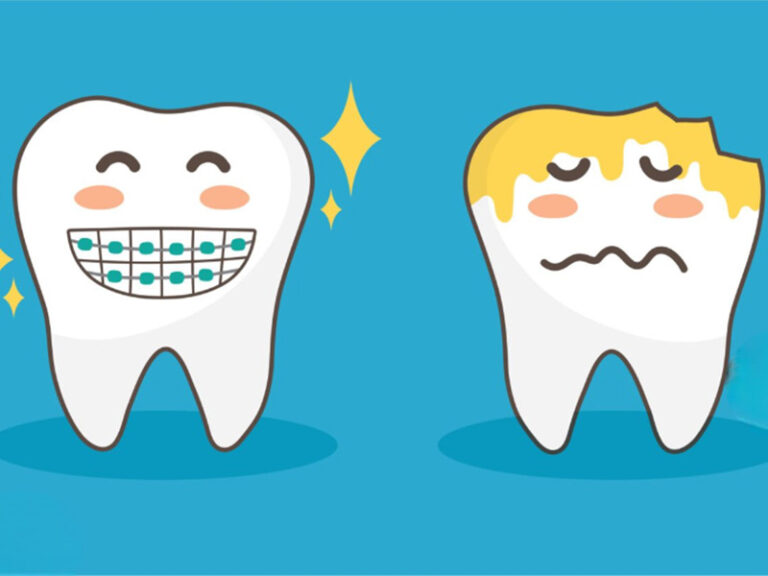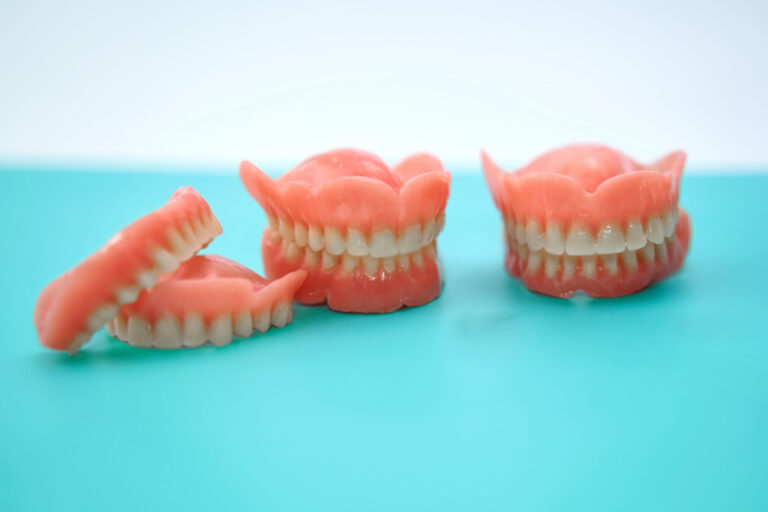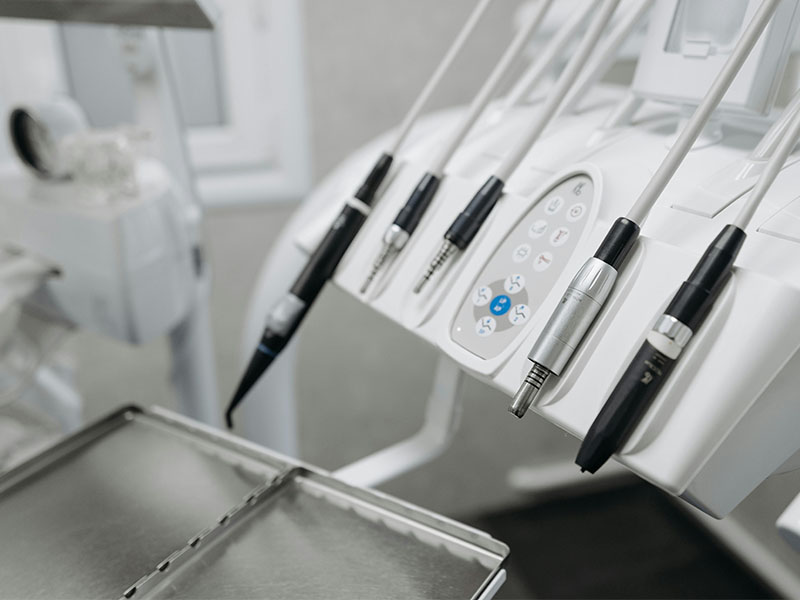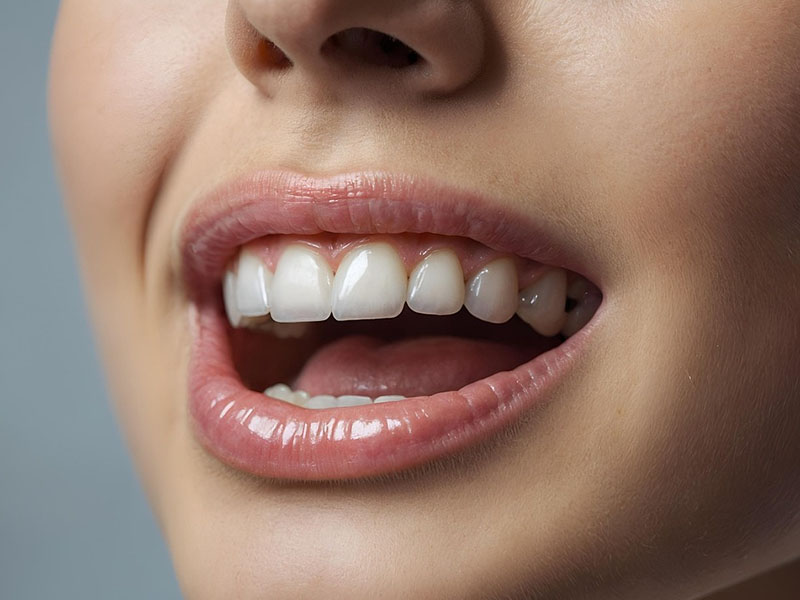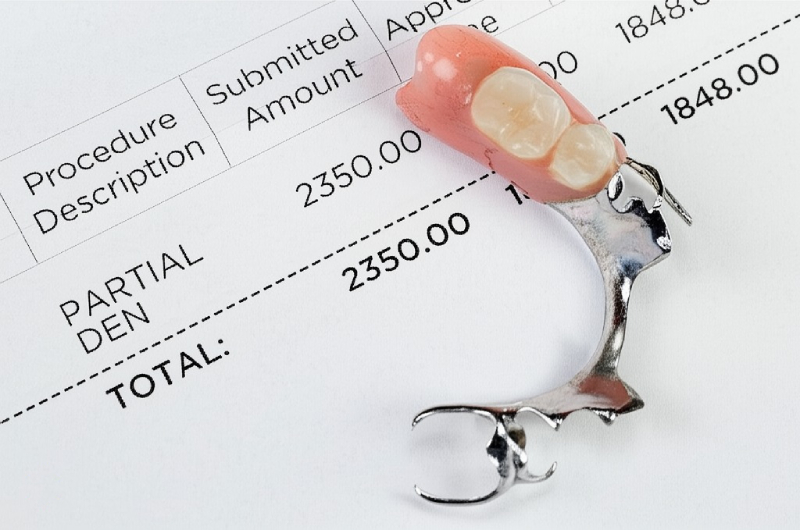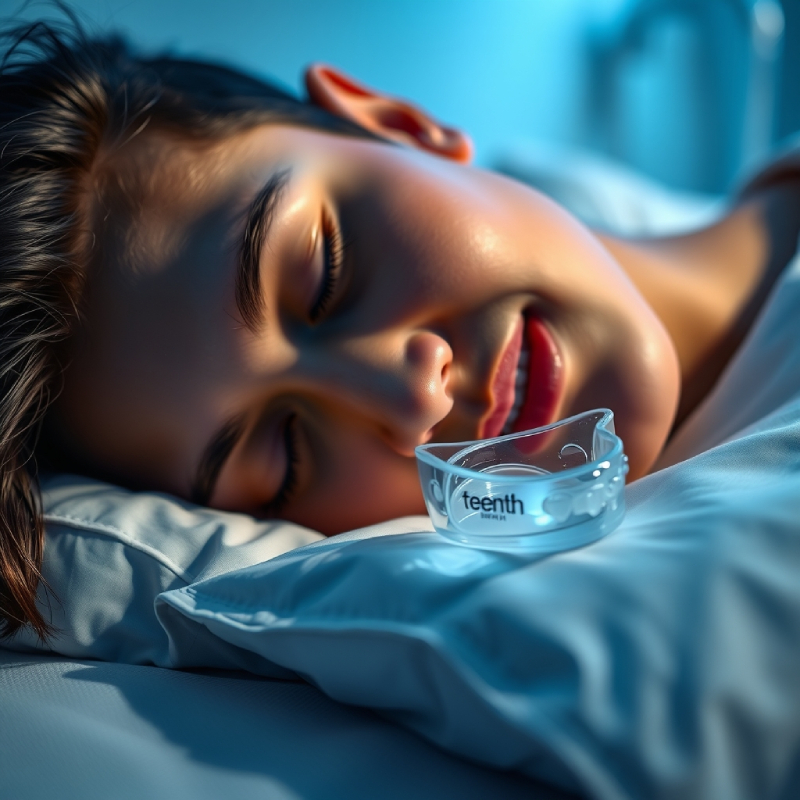
All About Bite Splints: Your Simple Guide to a Healthier Smile
Do you ever wake up with a sore jaw? Or maybe you’ve been battling headaches that just won’t quit. Perhaps you’ve even noticed your teeth look a bit shorter than they used to. If any of this sounds familiar you’re not alone. I see people dealing with these exact issues all the time and it can be frustrating, painful, and make you worry about your smile.
But I’ve got good news for you. A simple little device called a bite splint might just be the answer you’ve been searching for. In this guide, I’ll break down everything you need to know about bite splints in plain English. You’ll learn what they are, why you might need one, and how they can finally bring you some relief. Think of this as your friendly patient guide to getting a bite splint so you can feel better and keep your teeth safe for years to come.
Table of Contents
What Is a Bite Splint Anyway?
Let’s start with the basics. What exactly is a bite splint? Picture it as a special cover for your teeth that you can pop in and out. It’s a type of removable oral appliance that’s custom-made to fit perfectly over your top or bottom teeth. The main job of a bite splint is to help your jaw find its happy place—a comfortable, relaxed position. It also acts as a protective shield between your upper and lower teeth.
When your jaw gets stressed out the muscles around it can tighten up something fierce. This can cause all kinds of trouble from nagging jaw pain to even chronic daily headache problems. A bite splint works by taking the pressure off those overworked muscles and your jaw joint. It basically gives them a much-needed break and lets them relax. This gentle approach is a key part of conservative TMJ therapy and a great way to get relief without any surgery.
This little gadget does more than just relax your muscles though. It’s a fantastic tool for protecting your teeth from wear and tear. If you grind or clench your teeth—especially at night—you’re putting a crazy amount of force on them. A bite splint absorbs that force. This is how we go about preventing tooth wear with splint therapy and it can save you from chipping or even breaking your teeth down the road. It’s a simple idea that delivers big benefits for your smile.
Is a Bite Splint the Same as a Night Guard?
This is a question I get constantly. People often use the terms night guard vs bite splint as if they’re the same thing but they’re really quite different. A basic night guard, especially an over-the-counter bite splint you grab at the drugstore, is mostly just a cushion. It puts a soft layer between your teeth to keep them from scraping against each other. It’s a bit like putting a pillow between your knees when you sleep. It might help a little but it doesn’t fix the root cause of the problem.
A true bite splint, sometimes called an occlusal splint, is way more sophisticated. It’s a piece of medical equipment, an orthotic designed just for your mouth. Your dentist or a specialist like a prosthodontist creates it specifically for you. Its purpose isn’t just to be a pillow. A real bite splint is engineered to guide your jaw into a healthier position. This is what dentists call occlusion therapy splint treatment and it helps with your bite splint and jaw alignment to make your whole biting system work more smoothly.
So while a simple mouthguard for grinding teeth can offer some protection a custom bite splint provides actual treatment. A doctor prescribes it to treat a medical issue like Temporomandibular Joint Disorder (TMD) or serious bruxism. Here’s a good way to think about it: a night guard is like a bandage but a bite splint is like physical therapy for your jaw. One protects the injury and the other helps it heal properly.
Why Would I Even Need a Bite Splint?
You might be wondering if you’re someone who could benefit from a bite splint. There are a few major reasons why your dentist might recommend one. These are the main clinical indications bite splint therapy is used for. The number one reason is to treat something called Temporomandibular Disorders or TMD for short. People often call this TMJ syndrome but the TMJ is just the joint itself—the Temporomandibular Joint.
TMD is what happens when this jaw joint and the muscles that control it aren’t working together correctly. You might feel a dull, aching pain in your jaw, hear a jaw clicking/popping sound when you open your mouth, or have pain near your ear. Sometimes the pain can even spread and feel like a nasty headache. This pain comes from muscles like the masseter muscle and pterygoid muscle being constantly overworked. A bite splint for TMD helps these muscles chill out and can provide amazing jaw pain relief.
Another huge reason is bruxism. That’s just the fancy medical term for grinding or clenching your teeth. A lot of people do this while they sleep and have no idea. A bruxism bite splint is the absolute best way to protect your teeth from this habit. Without one you can cause serious dental erosion and grind away your precious enamel. A clenching bite splint is also great for people who clench during the day often due to stress. A splint can also be a lifesaver for protecting expensive dental work like crowns and veneers.
What Kinds of Bite Splints Are There?
Not all bite splints are the same. There are several types of bite splints and your dentist will pick the one that’s right for your specific situation. The most common kind is called a stabilization splint. You might also hear it called a full coverage splint or a flat plane splint because it covers all the teeth in one arch and gives the opposing teeth a flat, smooth surface to hit. This type is a great all-rounder for general bite splint for muscle relaxation and for most people who grind their teeth.
Another type is an anterior repositioning splint. This one’s a bit different. It has a special little ramp on it that gently nudges your jaw forward into a new spot. Dentists use it for specific TMJ problems where the small cushiony disc inside your jaw joint has slipped out of place. This splint helps that disc get back where it’s supposed to be. It’s a very specific tool for a very specific job.
Then you have partial coverage splint options. A well-known one is the NTI-TSS device. That stands for Nociceptive Trigeminal Inhibition Tension Suppression System. What a mouthful! The NTI splint for headaches only covers your front teeth. By keeping your back teeth from touching, it prevents your powerful chewing muscles from clenching down with full force. This can be a game-changer for people who get terrible tension headaches or even migraine headaches from clenching. Other specialized types your dentist might mention include the Dawson splint and the Gelb appliance.
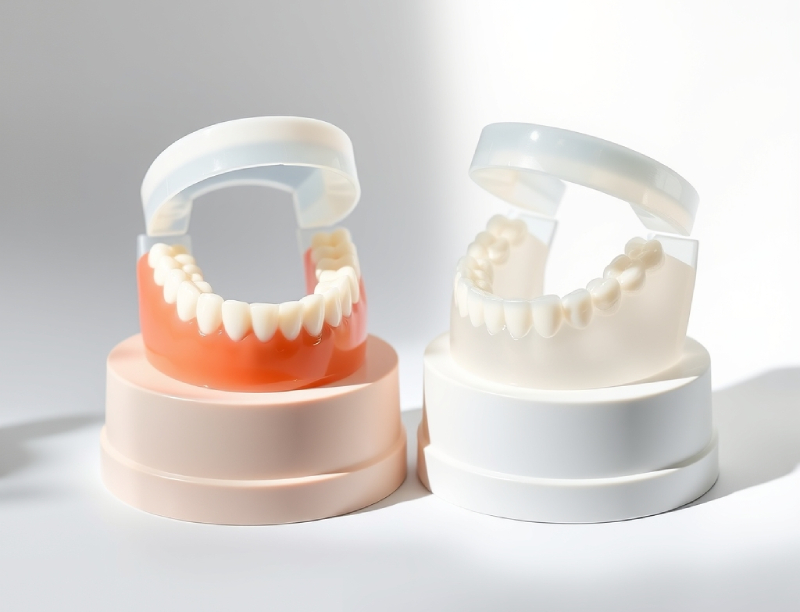
Should I Get a Custom Splint or One from the Store?
I get it. You see a cheap over-the-counter bite splint at the pharmacy and think, “Why not save a few bucks?” But I have to be really direct here: a store-bought guard is no substitute for a custom one from your dentist. Those cheap guards are usually made of a soft, gummy material that you boil and bite into. It seems easy enough but it can actually make your problems worse.
Why is that? A poorly fitting guard can force your jaw into an unnatural position. This can make your muscles work even harder and can actually make your jaw pain worse. Even more concerning a bad guard can make your teeth shift over time. I’ve seen patients whose bite was permanently changed for the worse by an ill-fitting device. You might ask, can bite splints shift teeth? The answer is a definite yes if they aren’t professionally made and monitored.
A custom bite splint on the other hand is made just for you. Your dentist takes perfect molds or dental impressions for splint of your teeth. These molds go to a dental laboratory where a skilled technician builds your splint on a perfect model of your mouth. They use top-notch materials like a hard acrylic resin or tough polycarbonate. This prescription bite splint is a medical device engineered for a perfect fit and designed to provide real occlusion therapy. It’s an investment in your health that’s worth every single penny.
How Do I Get a Bite Splint from My Dentist?
Getting a custom bite splint is a really simple and painless process. It all begins with a visit to your dentist or a specialist. This might be a TMJ doctor for bite splint, an oral surgeon, or a prosthodontist for bite splint. They’ll start with a comprehensive oral examination to get to the bottom of what’s causing your symptoms.
During this first appointment your healthcare provider will ask you about your pain and other symptoms. They will check how well your jaw moves and feel the muscles around your face and jaw to check for soreness. They’ll also look for signs you need a bite splint like teeth that look worn down. This is a critical step to get the right diagnosis before bite splint treatment starts. Once they’re sure a splint is the right move for you they’ll take the dental impressions. This is a quick process where you simply bite down into a tray of soft, putty-like material for a minute or two.
After the molds are sent to the dental lab it usually takes a week or two for your splint to be crafted. You’ll then come back for the fitting process bite splint appointment. Your dentist will pop the splint in your mouth and check how it fits and feels. They will make tiny bite splint adjustment tweaks right there in the office to make sure your bite feels perfectly even and comfortable. You will also have follow-up appointments so your dentist can make sure everything is working like it should. Patient compliance is everything so it’s super important to wear it just like they tell you to.
What’s It Like to Wear a Bite Splint?
Getting used to a bite splint is a big question for most of my patients. It’s totally normal for it to feel a bit weird at first. You’ve got this new thing in your mouth and it might feel a little bulky. You might also notice you’re drooling a bit more than usual. Don’t sweat it! This is all temporary and your mouth will get used to it in just a few days. Living with a bite splint quickly becomes totally normal.
You may also wonder about bite splint and speech. When you first start wearing a bite splint daily or just at night, you might talk with a slight lisp. This is especially true with splints that fit over your top teeth. My advice is to practice by reading a book out loud for a few minutes each day. Most people get the hang of it super fast and their speech goes right back to normal. And what about bite splint and eating? You should never eat with your splint in. It’s not built for chewing and food can get stuck under it which isn’t good for your teeth.
Most splints are meant to be worn at night while you’re asleep. For some more serious TMD cases however your doctor might ask you to wear it for more hours during the day. The most important part of what to expect with a bite splint is to just follow your dentist’s instructions. If you have any problems with bite splint use like a sharp pain or if it feels loose, call your dentist right away. They can make simple fixes to get it feeling comfortable again.
How Do I Take Care of My Bite Splint?
Your custom bite splint is a pretty big investment in your health so you’ll want to take good care of it so it lasts for a long time. Bite splint maintenance is actually really easy. The most important rule is to clean it every single day. Plaque and germs can build up on your splint just like they do on your teeth and that can lead to funky smells and stains.
Here are the best tips for how to clean bite splint devices: When you take it out in the morning, rinse it off with cool water. Then, gently brush it all over with a soft toothbrush and some mild soap or a special splint cleaner. Do not use toothpaste! Regular toothpaste has abrasives that can create tiny scratches on the splint’s surface where bacteria love to hide. You can also find special cleaning solutions for splints that you can soak it in once a week for a deep clean.
Storing a bite splint the right way is also key. Always keep it safe in the protective case your dentist gave you. This will keep it from getting lost, stepped on, or becoming a chew toy for your dog. Never leave it in a hot car or in direct sunlight because the heat can warp the material and ruin the fit. So how durable are bite splints? With good care, a hard acrylic splint can last for many, many years. Regular check-ups with your dentist will make sure it keeps fitting and working perfectly.
Do Bite Splints Actually Work? What Does Science Say?
This is the million-dollar question right? Does this thing really work? The answer is a resounding YES. There is a ton of scientific evidence bite splint therapy is a huge help. Research from major players like the National Institute of Dental and Craniofacial Research (NIDCR) and expert groups like the American Academy of Orofacial Pain (AAOP) all support their use.
Let’s look at the facts. The efficacy of bite splints has been proven time and again in studies.
| Question | What the Science Says |
|---|---|
| Does it relieve TMD pain? | Studies show that 70-90% of people with TMD feel a major decrease in pain after using a stabilization splint. |
| Does it protect from grinding? | Research using special sensors found that splints can reduce grinding forces by up to 70%, which stops teeth from wearing down. |
| Can it help my headaches? | Many patients report having fewer and less painful morning headaches after just a few weeks of wearing their splint. |
These aren’t just opinions; this is solid data from numerous clinical trials. The bite splint success rate is very high especially when the splint is made correctly and the patient wears it like they’re supposed to. For lots of people a splint is a cornerstone of their jaw clenching treatment. It provides lasting benefits by protecting your smile and improving your quality of life. Long-term bite splint use can prevent you from needing more complicated and expensive dental work later on.
Of course a splint isn’t a magic wand. If your splint isn’t helping or when bite splint doesn't work, it might mean you need to explore alternatives to bite splint therapy like physical therapy or even Botox for TMJ. That’s why working closely with a qualified healthcare provider is so important.
How Much Does a Bite Splint Cost?
The custom bite splint cost can vary quite a bit. The final price tag depends on a few factors. The type of splint you need, the materials it’s made from (a hard acrylic splint is often more expensive), and even the city you live in can all affect the cost. Generally speaking you can expect the price to be somewhere between $300 and $800 or more. This price usually covers your exams, the molds, the splint itself, and your fitting appointments.
That might sound like a lot of cash but think about the cost of not getting one. Fixing a single cracked tooth with a crown can cost thousands of dollars. A bite splint is an investment in protecting the teeth you already have and that’s priceless. It’s a non-invasive TMJ treatment that can save you from a world of pain and much more expensive procedures down the line.
So what about insurance? Dental insurance bite splint coverage is different for every plan. Many insurance plans will cover some of the cost, often around 50%, if it’s considered medically necessary to treat a diagnosed problem like TMD or severe bruxism. You might also be able to use money from your Health Savings Account (HSA) or Flexible Spending Account (FSA) to pay for it. The best thing to do is call your insurance company and ask them what your specific plan covers. Your dental office can give you the procedure codes to make that call easier.
When Should I Talk to a Doctor About Jaw Pain?
If you’ve been reading this and nodding your head “yep, that’s me,” it’s probably time to chat with a professional. You should consult a TMJ specialist or your family dentist if you have any of these common signs you need a bite splint:
- Pain that sticks around: You have constant aching in your jaw, face, or ears.
- Trouble Chewing: It hurts or feels difficult to eat your food.
- Headaches: You get frequent headaches, especially right when you wake up.
- Weird Noises: Your jaw makes clicking, popping, or grinding sounds.
- Worn-Down Teeth: Your dentist points out that your teeth are getting flat or have tiny cracks.
Don’t just brush these signs off. Jaw problems can get worse if you ignore them. Getting a real diagnosis and starting a conservative TMJ therapy plan early on is the smartest thing you can do. Your dentist is the best person to give you expert advice bite splint therapy. They can also tell you where to buy custom bite splint devices, which is always from a dental professional.
A Final Word
Dealing with jaw pain and constant headaches is draining. It can mess with your sleep, your mood, and your whole day. But you really don’t have to just grin and bear it. A bite splint is a simple, effective, and science-backed tool that has helped millions of people feel better. It protects your valuable teeth and gives your jaw muscles a chance to finally take a break.
Here are the most important things to take away from all this:
- Bite splints are treatment. They are not the same as a simple night guard. They are medical devices made to help with real conditions like TMD and bruxism.
- Custom is king. A splint made just for you by your dentist is much safer and works way better than any one-size-fits-all guard from a store.
- They protect and relieve pain. Splints shield your teeth from grinding damage and help relax your sore jaw muscles which cuts down on pain.
- Taking care of it is simple. Clean your splint every day and keep it in its case and it will last for years.
- Talk to your dentist. If you have symptoms like jaw pain, clicking, or headaches, getting a professional opinion is your first step to finding relief.

